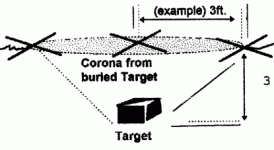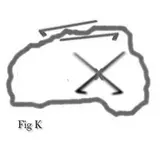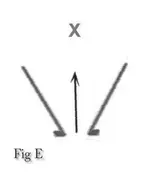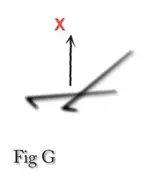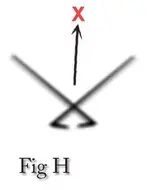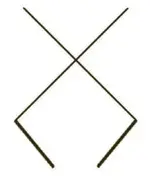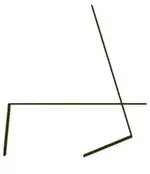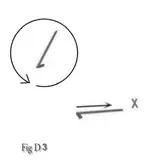lesjcbs
Hero Member
- Joined
- Jul 14, 2011
- Messages
- 880
- Reaction score
- 338
- Golden Thread
- 0
- Detector(s) used
- Pocket dowsing L- Rods shown above. Whites Beach Comber, Bounty Hunter Sharp Shooter II, Whites TM 808, Canon 350D EOS Digital Rebel XT DSLR Camera.
- Primary Interest:
- Metal Detecting
- #1
Thread Owner
When dowsing with L-Rods in the field, how do you determine the depth of a target after your rods cross / swing etc?



